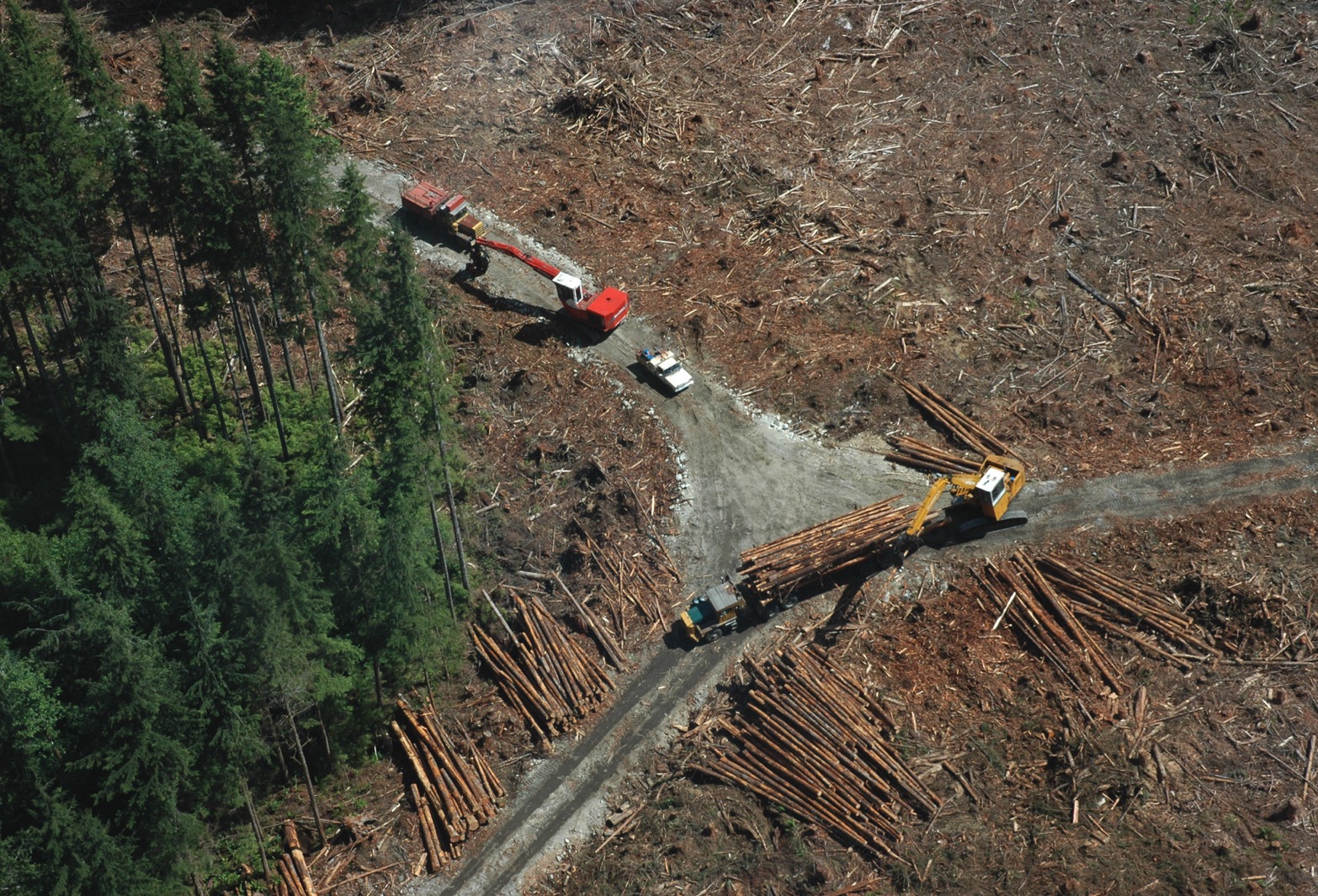 Back in 2013, the Coast Harvesting Advisory Group (CHAG) identified phase congestion as a priority at the request of coastal contractors who had become concerned about practices that could negatively impact worker safety when logging phases were not properly managed and became too close together or “stacked” for a variety of reasons including production pressures, poor planning, permit or other unexpected delays.
Back in 2013, the Coast Harvesting Advisory Group (CHAG) identified phase congestion as a priority at the request of coastal contractors who had become concerned about practices that could negatively impact worker safety when logging phases were not properly managed and became too close together or “stacked” for a variety of reasons including production pressures, poor planning, permit or other unexpected delays.
Here again in 2025, phase congestion has become a heightened concern as forestry operations are scrambling to produce in the face of uncertainty which could lead to dangerous situations for workers. History has proven that during uncertain times, productivity becomes the main driver, not for all contractors, but for some, and safety can be put on the backburner which puts everyone at risk, even those who put safety first.
 And when the conflicting demands of contractors working in different phases are integrated together and operating simultaneously in a worksite and are not focussed on safety, it compromises everyone including the work being performed. And if an incident occurs because one contractor was pushing the limits to “get the job done”, all operations will come to a griding halt for every contractor working in the area which means no one keeps working and everyone is affected because of the wrong mindset.
And when the conflicting demands of contractors working in different phases are integrated together and operating simultaneously in a worksite and are not focussed on safety, it compromises everyone including the work being performed. And if an incident occurs because one contractor was pushing the limits to “get the job done”, all operations will come to a griding halt for every contractor working in the area which means no one keeps working and everyone is affected because of the wrong mindset.
That is why it is imperative to ensure that “phase integration” – meaning different phases are organized to operate simultaneously in a worksite as a single “integrated” phase – is seamlessly built into the site plan to ensure worker safety is maintained and desired operational efficiencies are actually achieved.
To help you properly plan, manage and supervise a worksite, BCFSC has some valuable resources and training to help eliminate phase congestion and keep your operation running smoothly while working with other on-site contractors and ensure all those working on site remain safe.
Visit the Phase Congestion Prevention web page and find essential tools, training and information that will help explain and what Phase Congestion is and how to avoid it.